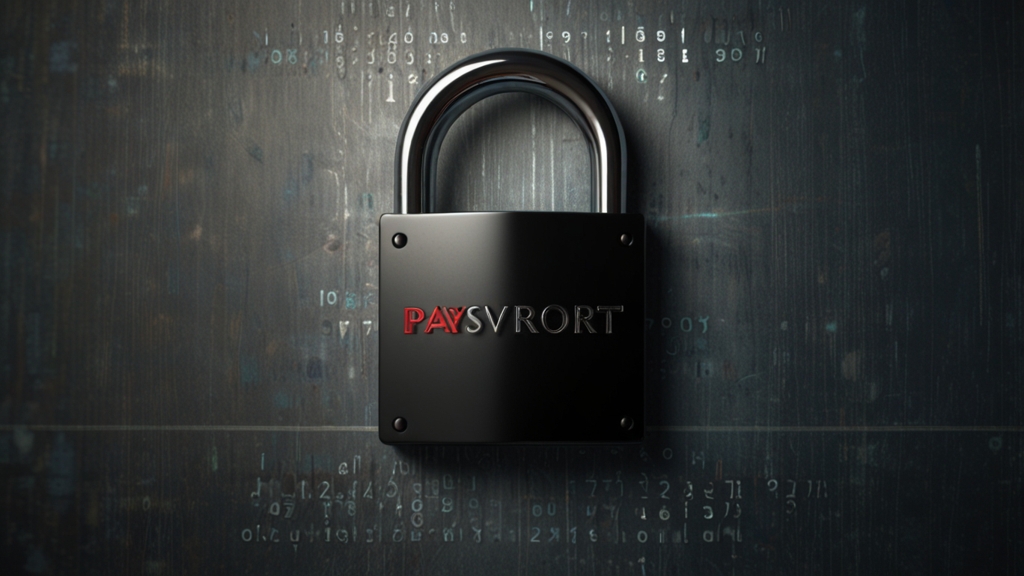Why Your Passwords are Not Enough: Strengthening Your Defense
In an era where cyber threats are escalated and increasingly complex, safeguarding your digital footprint has become paramount. While passwords have long been the front line of defense, relying solely on them is no longer sufficient. This article delves into the inadequacies of passwords and explores enhanced security measures you should adopt for comprehensive protection.
The Limitations of Passwords
For many, passwords serve as the primary barrier against unauthorized access. Yet, they come with intrinsic flaws that can be easily exploited by skilled cybercriminals. Weak passwords, password reuse, and the susceptibility of passwords to phishing attacks are just a few reasons why traditional methods fall short.
“A password alone is like a lock on a door: it can deter some intruders, but a determined burglar will find a way in." — Cybersecurity Expert
Even when passwords are complex and unique, they can still be compromised through data breaches. Password databases can be hacked, exposing users' credentials to malicious actors who can then use them in an array of cyber-attacks, from account takeovers to identity theft.
Two-Factor Authentication (2FA)
One significant upgrade to password security is the implementation of Two-Factor Authentication (2FA). This method requires users to provide two forms of identification before accessing an account, typically something they know (a password) and something they have (a phone or a hardware token).
2FA drastically reduces the risk of unauthorized access. Even if a cybercriminal obtains your password, they would need your second factor of authentication to breach your account. This additional layer complicates hacking attempts and serves as a robust deterrent against various forms of cyber-attacks.
“Two-Factor Authentication is akin to having a second lock on an already secured door, making it incredibly challenging for intruders to gain entry." — IT Security Specialist
Biometrics: The Future of Authentication
Biometric authentication offers another layer of security by using unique biological traits such as fingerprints, facial recognition, and retina scans. These identifiers are incredibly difficult to replicate, providing a high level of protection. Unlike passwords, which can be forgotten or stolen, biometric features are an intrinsic part of the user.
Adopting biometric systems in conjunction with traditional passwords can create a multi-layered security approach that is far more resilient to hacking attempts.
Risk-Based Authentication
Risk-based authentication (RBA) evaluates the risk level of a login attempt based on contextual information such as location, device, and behavior. If an attempt appears suspicious, additional verification steps can be invoked. This dynamic method adapts to the threat landscape, offering tailored security protocols suited to the specific level of risk.
For instance, if you usually log in from your home but suddenly attempt to access your account from a different country, RBA can flag this as suspicious and require additional verification, effectively mitigating potential threats.
Best Practices for Password Management
While passwords alone are insufficient, best practices can still enhance their effectiveness when combined with other security measures. Consider the following:
- Use Unique Passwords: Avoid reusing passwords across multiple sites to prevent a domino effect if one account is breached.
- Employ Password Managers: These tools can generate and store complex passwords, ensuring you don’t have to remember them all.
- Regularly Update Passwords: Changing passwords periodically can mitigate the risk of long-term breaches.
Conclusion
In today’s digital world, relying solely on passwords is an outdated and risky strategy. By adopting multi-factor authentication techniques like 2FA, embracing advanced technologies such as biometrics, and implementing risk-based authentication, you can radically enhance your security posture. Remember, a holistic approach to digital security is essential for protecting your sensitive information against ever-evolving threats.












